9 ways to be sustainable at home
Being sustainable at home is more important than ever – writer Ida Magntorn is making it easier with these considered points
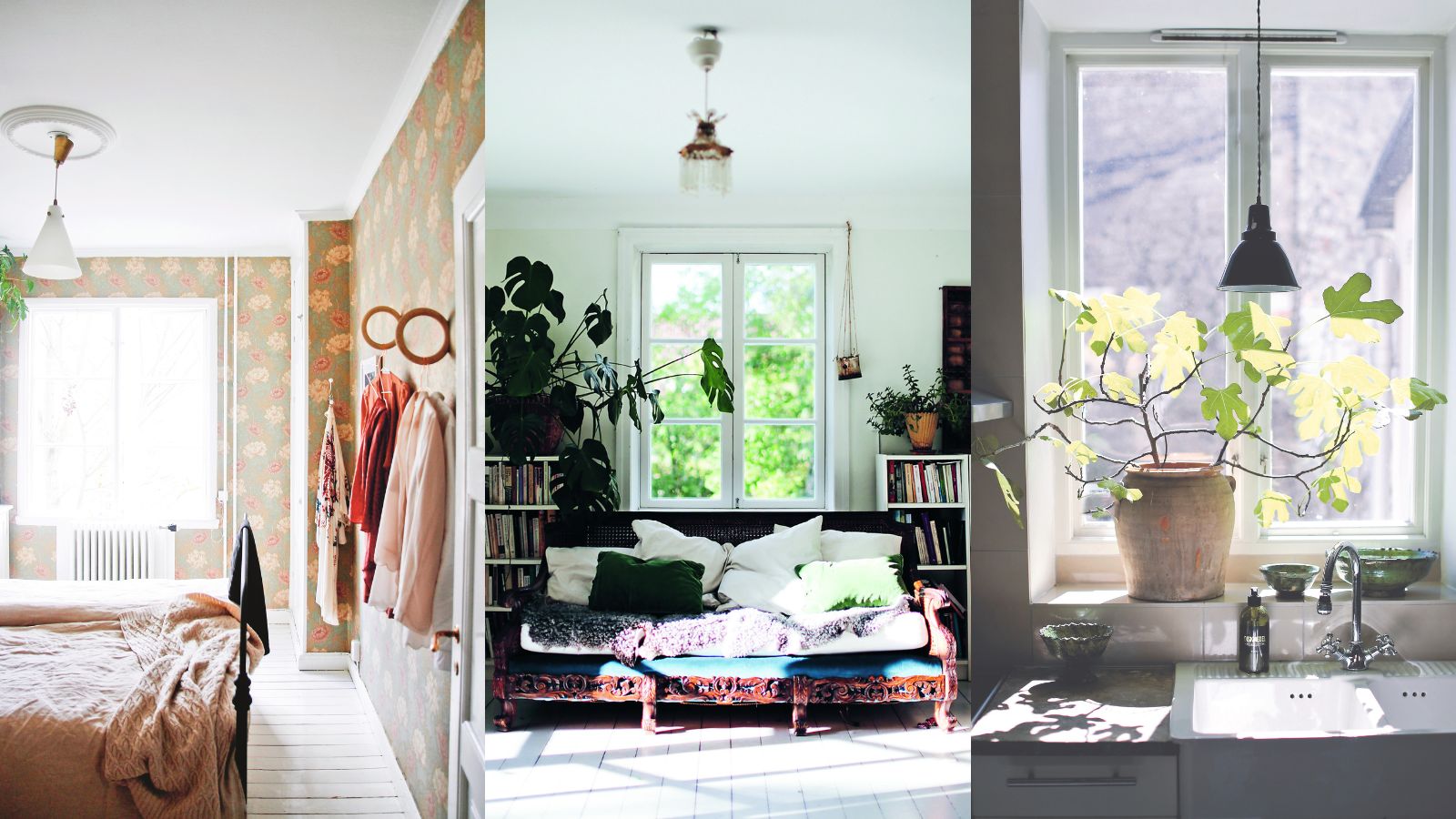

Learning how to live sustainably at home needn't be a chore. In fact, as author Ida Magntorn shows below, it can be a thing of beauty. Room-by-room, Ida provides practical advice on creating a greener home without compromising on style.
From clever tips for reducing plastic consumption to simple swaps, she lists ways to create a harmonious, beautiful and functional home that is sustainable, too.
Here, we bring you just a few of Ida's ideas to help you be more sustainable at home, cut energy bills, too.
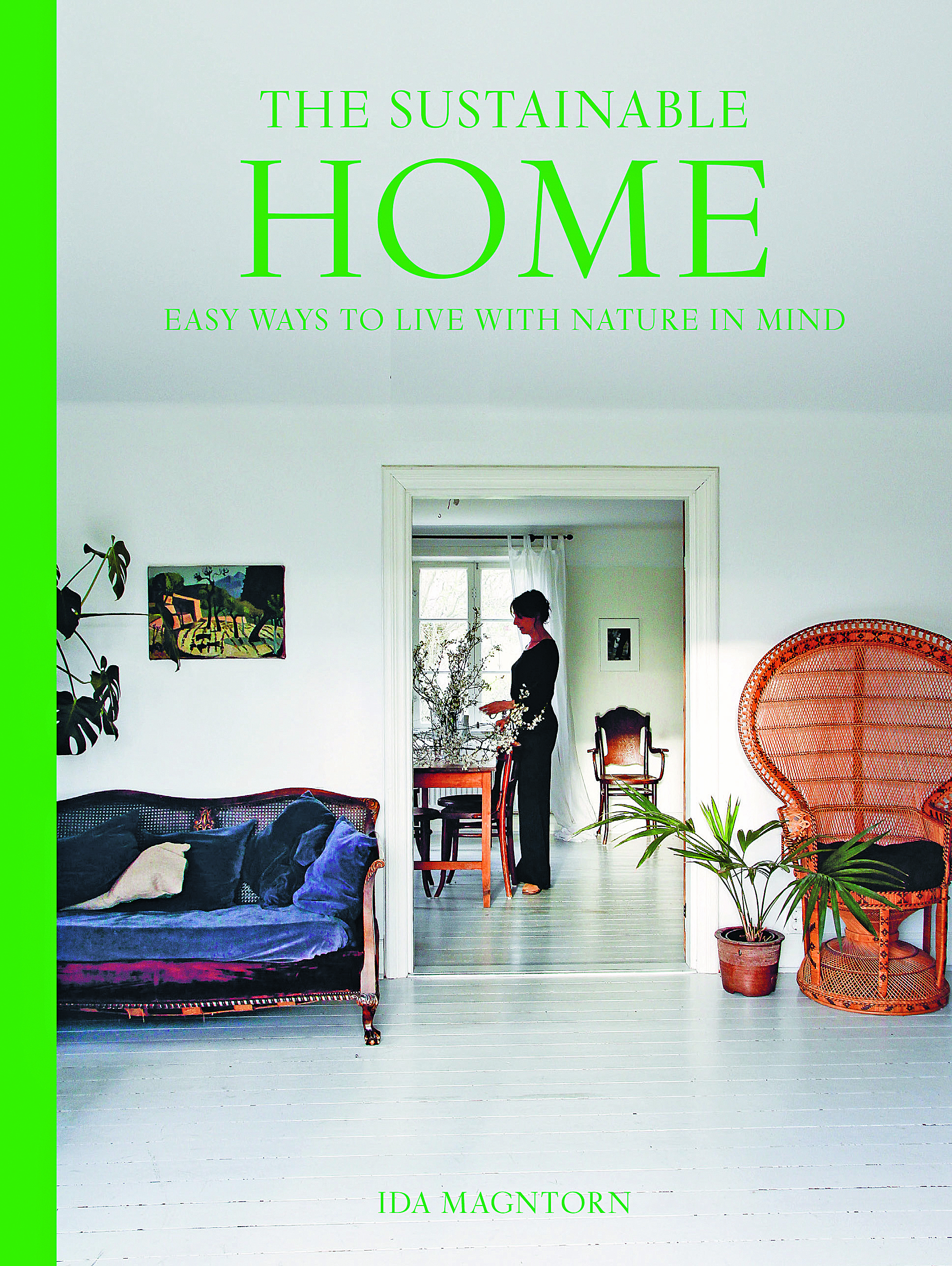
Ida Magntorn is the Swedish author of The Sustainable Home: Easy Ways to Live with Nature in Mind, Pavilion Books. Ida also works as a journalist and photographer, and specializes in interiors and lifestyle.
Ida's books have been translated into many other languages and her photography has been published in New York Magazine, among other esteemed titles; she has also had exhibitions of her work in Sweden, Paris and South Korea.
9 ways to be sustainable at home
From swapping to energy-efficient appliances to changing simple habits you might not even know are bad, these are the changes Ida suggests you make.
1. Recycle, reuse, repurpose
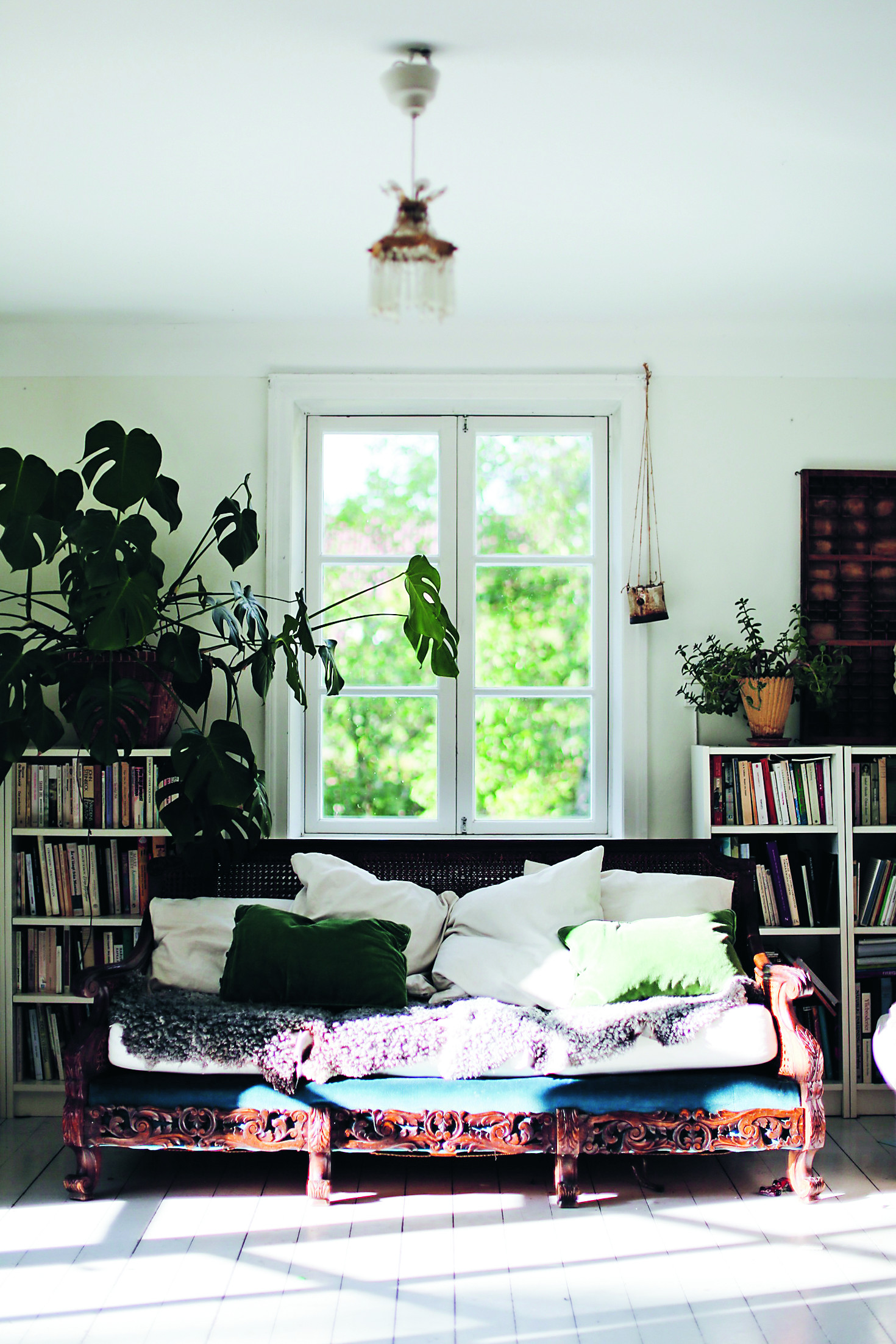
'Look for pieces that can be recycled – solid wood instead of veneer, for example. The easier a piece of furniture is to sand down or remake, the more likely it is to be a long-term purchase.'
2. Swap paraffin candles for stearin candles
'If we consistently swapped the climate-damaging paraffin candle for candles made from stearin, it would cut our carbon emissions by the same amount as if we removed 15,000 petrol cars from the roads.'
Ed: You can buy stearin candles from Etsy.
3. Make doing dishes eco-friendly
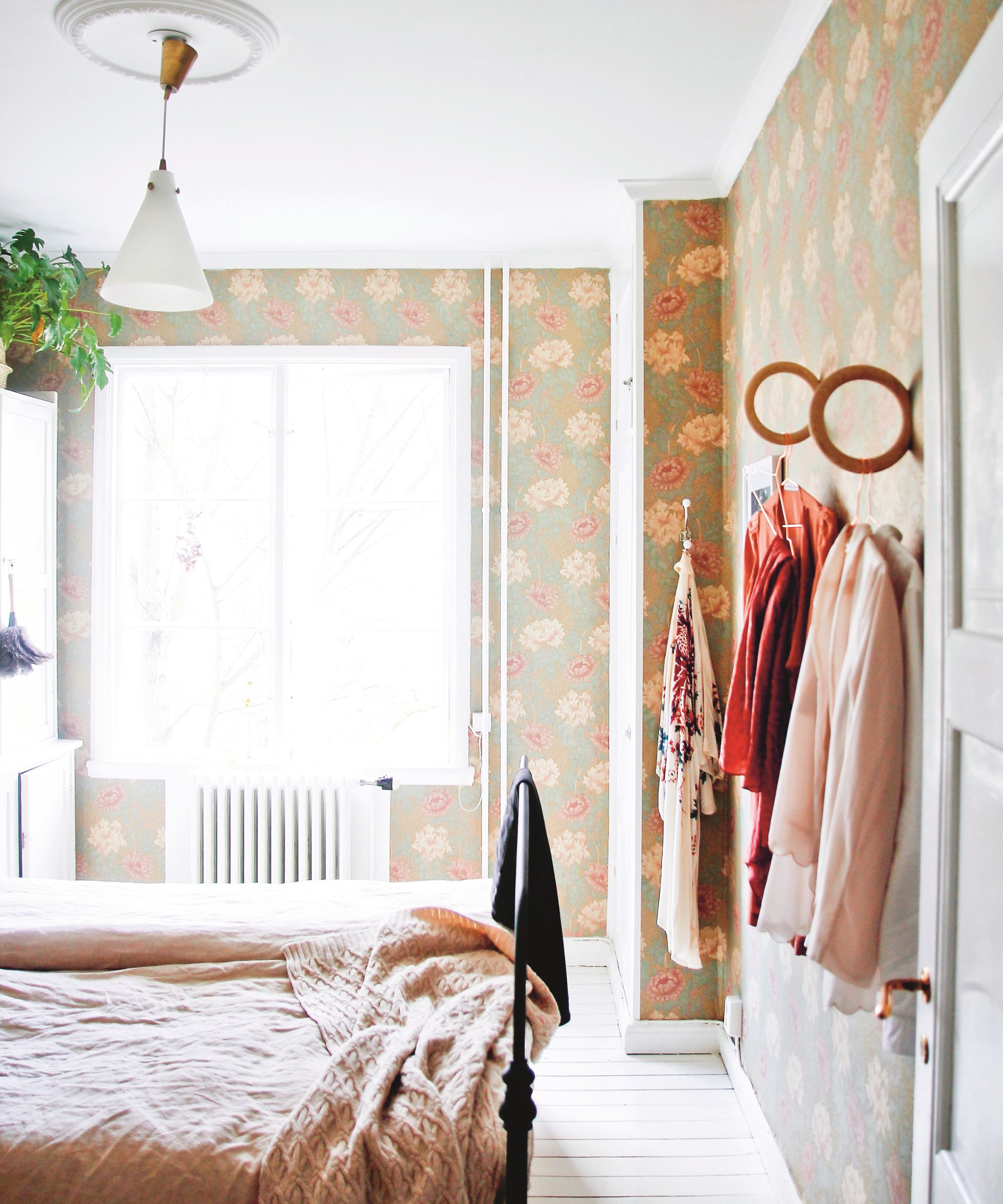
'Washing up by hand consumes three to four times more energy. A modern Grade A dishwasher uses 10-15 litres of water per cycle, depending on the programme. And, of course, only run the dishwasher once it’s full and use an eco-friendly detergent.'
Ed: Our guide to choosing energy-efficient appliances is useful if you are replacing old ones.
4. Turn the heating down

'Having the radiator in the bedroom (or in any other room) set at a degree lower is an simple way to save energy and care for the environment. When you go away, it’s enough to keep it at 15°C.'
5. Swap baths for showers
'A bath uses 150 litres of water and 5.6 kilowatt hours to heat the water. Showering for five minutes uses 60 litres of water and 2.2 kilowatt hours for heating. If you shorten the length of your shower by two minutes, you will reduce greenhouse-gas emissions by 35 kilos per year.'
6. Make cooling food eco-conscious
'Keep the temperature about 5°C in the fridge and about -18°C in the freezer. Every degree colder in the freezer will increase energy consumption by 5%. Vacuum behind the fridge and freezer. This prevents dust trapping heat, meaning the compressors work more efficiently and use less energy. Also make sure your fridge and freezer don’t stand in direct sunlight, so they don’t have to compensate for the heat generated by the sun. For the same reason, it’s helpful if the fridge doesn’t stand right next to the cooker.'
7. Use compostable Wettex cleaning cloths
'The Wettex cleaning cloth is a Swedish invention from the 1940s and widely available internationally. The name Wettex comes from ‘wet textile’. The material is cellulose and cotton, which is biodegradable. It will decompose in the composter after six to eight weeks.'
Ed: You can buy Wettex cleaning cloths from Amazon.
8. Review household recycling
A quick rundown on household recycling:
Aluminum can be recycled an unlimited number of times and gives an energy saving of 95% in comparison to producing a new can or blind, for example, from scratch.
Newspaper can be recycled five to seven times and will save approximately 65% energy in comparison to producing a new one from scratch. The paper gets turned into newspapers and toilet paper.
Glass can be reused an unlimited number of times. Reusing glass reduces carbon emissions by 41% and saves 20% energy.
Plastic can be recycled, but not to make the same thing, since the quality of plastic will reduce at each stage. PET bottles are made from one of the stronger plastics and can be used to make polyester fleece, but the process doesn’t work in reverse. Hard plastics can be turned into plant pots; soft plastics can be turned into bags, sacks or furniture.
9. Investigate your emissions
We emit on average approximately 12.7 tonnes of carbon dioxide per person per year. We need to bring this to under 1 tonne to limit global warming. A good place to start would be to calculate your own ecological footprint; visit: the WWF Footprint Calculator.
Sign up to the Homes & Gardens newsletter
Design expertise in your inbox – from inspiring decorating ideas and beautiful celebrity homes to practical gardening advice and shopping round-ups.

Lucy Searle has written about interiors, property and gardens since 1990, working her way around the interiors departments of women's magazines before switching to interiors-only titles in the mid-nineties. She was Associate Editor on Ideal Home, and Launch Editor of 4Homes magazine, before moving into digital in 2007, launching Channel 4's flagship website, Channel4.com/4homes. In 2018, Lucy took on the role of Global Editor in Chief for Realhomes.com, taking the site from a small magazine add-on to a global success. She was asked to repeat that success at Homes & Gardens, where she has also taken on the editorship of the magazine.
-
 How to fertilize magnolias – garden experts reveal the secrets to better blooming, and timing is critical
How to fertilize magnolias – garden experts reveal the secrets to better blooming, and timing is criticalMagnolias are famed for their spring flowers, and feeding at the right time can give trees a boost
By Thomas Rutter Published
-
 Sarah Jessica Parker's spring tablescape epitomizes lived-in luxury with art deco candle holders and a statement tablecloth – it's easy (and affordable) to recreate
Sarah Jessica Parker's spring tablescape epitomizes lived-in luxury with art deco candle holders and a statement tablecloth – it's easy (and affordable) to recreateKick off the season right with a warm table that invites guests into your home by emulating Sarah Jessica Parker's luxe and cozy scheme
By Sophie Edwards Published
-
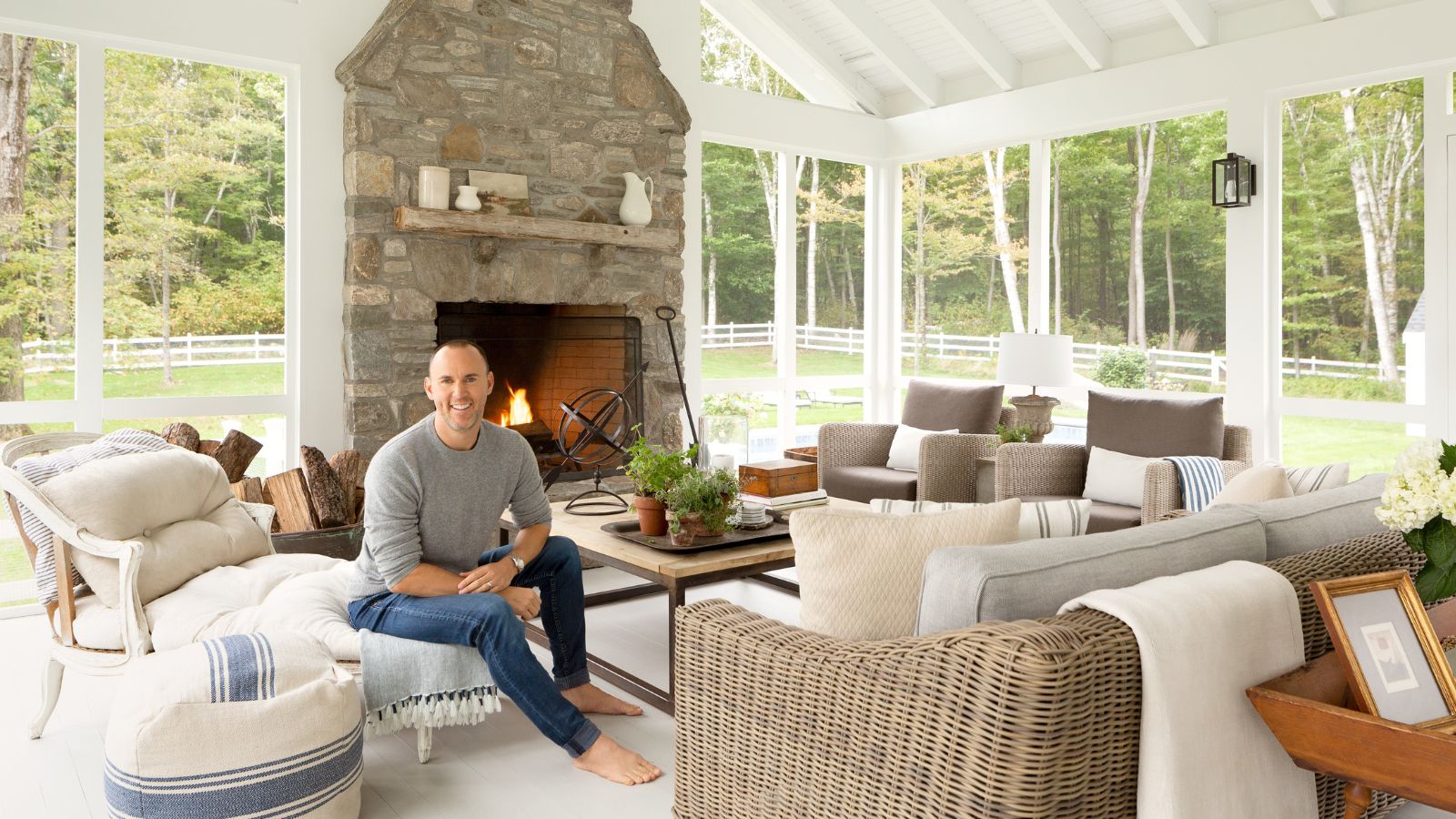 How I encourage my clients to make sustainable choices in their interior design
How I encourage my clients to make sustainable choices in their interior designAs an interior designer, I'm aware that I must push for sustainable decor whenever I can. Here, I explain four ways that anyone can be more sustainable with their choices
By Joshua Smith Published
-
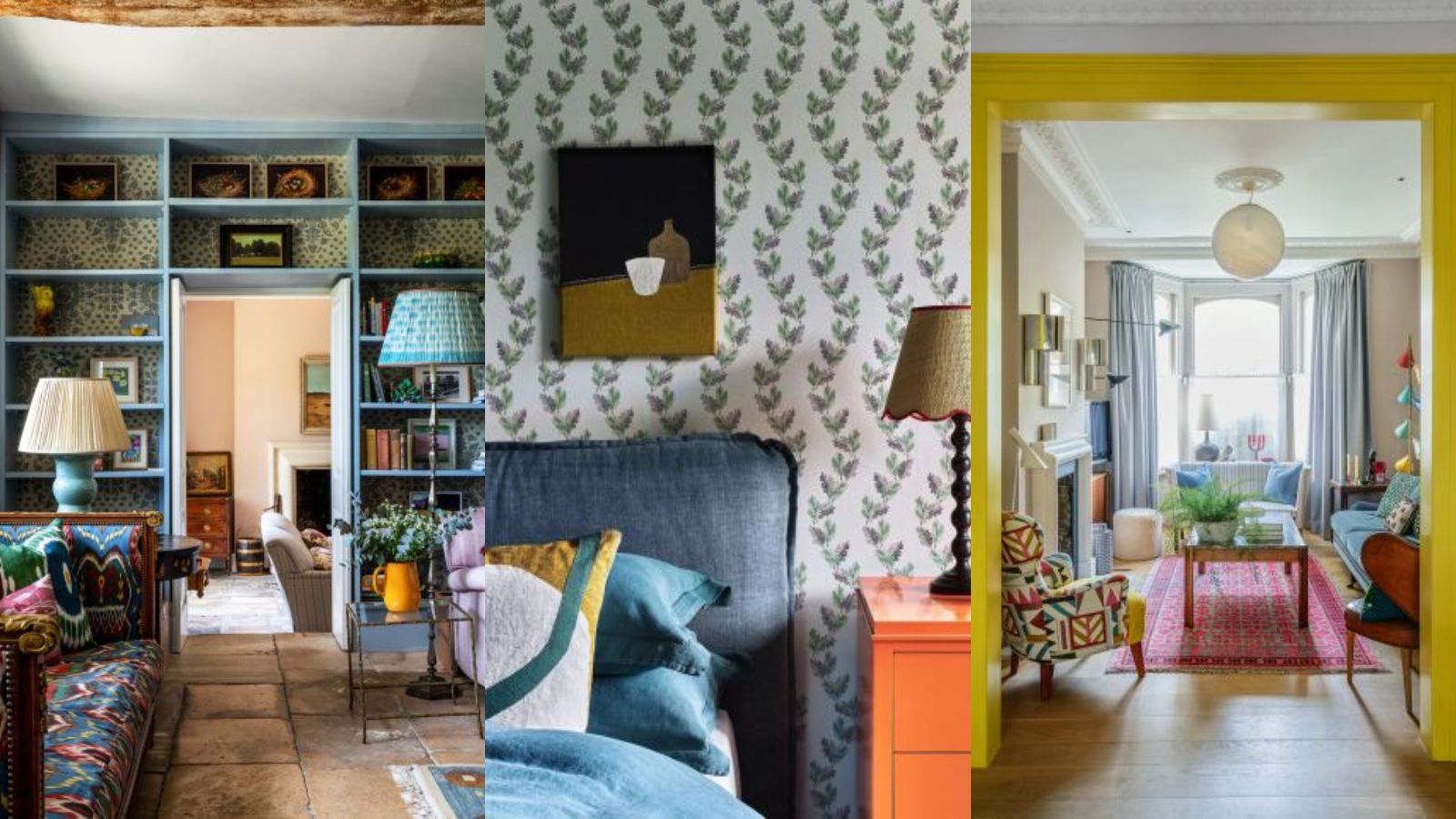 6 clever ways to upcycle leftover decorating materials – to save money and be more eco-friendly
6 clever ways to upcycle leftover decorating materials – to save money and be more eco-friendlyUsing up leftover decorating materials can result in a more layered interior, too
By Kate Burnett Published
-
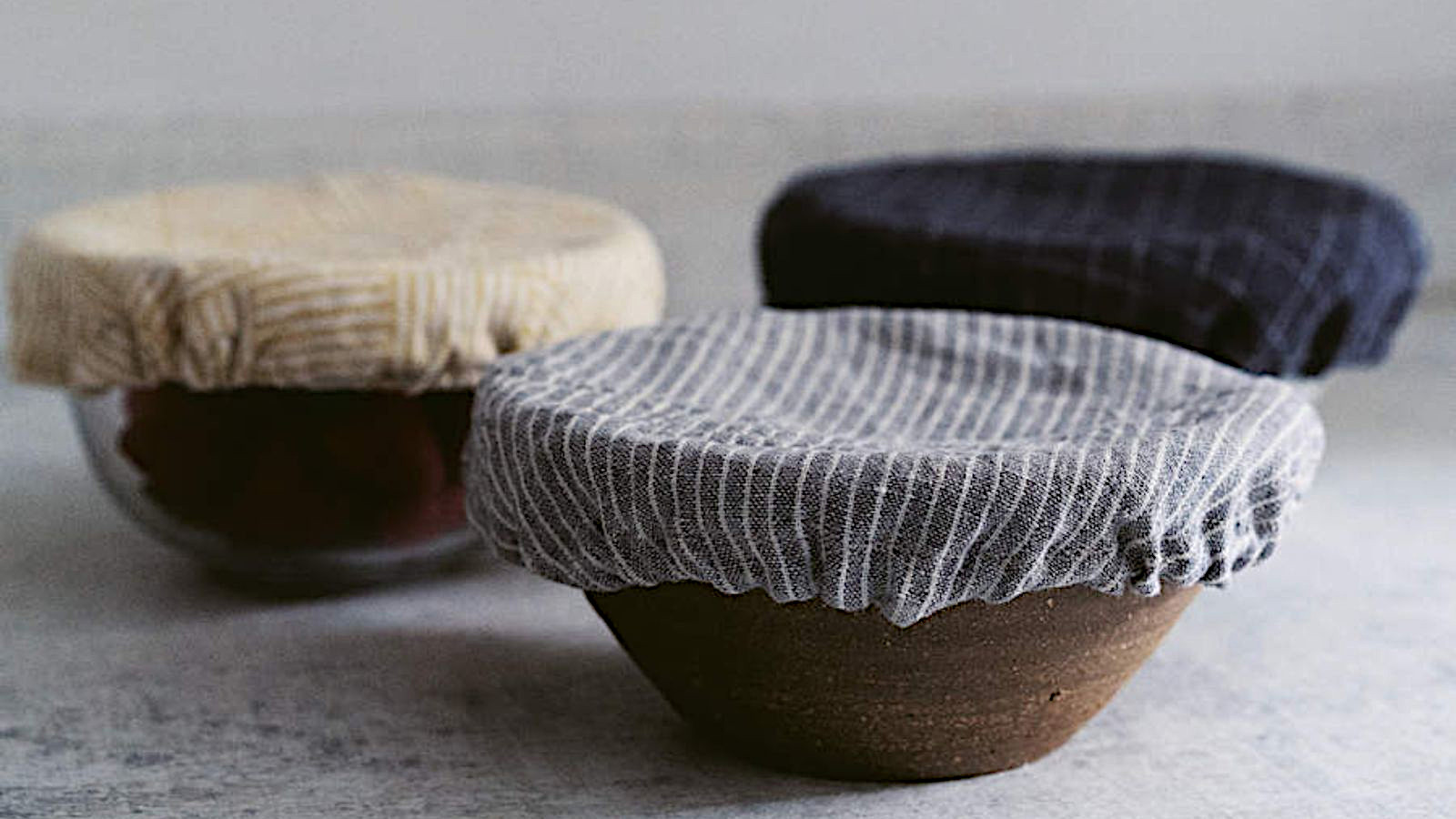 How to make bowl covers – easy steps with upcycled fabrics
How to make bowl covers – easy steps with upcycled fabricsMaking bowl covers will mean no more covering food with plastic, and pretty-looking bowls on the countertop
By Lucy Searle Published
-
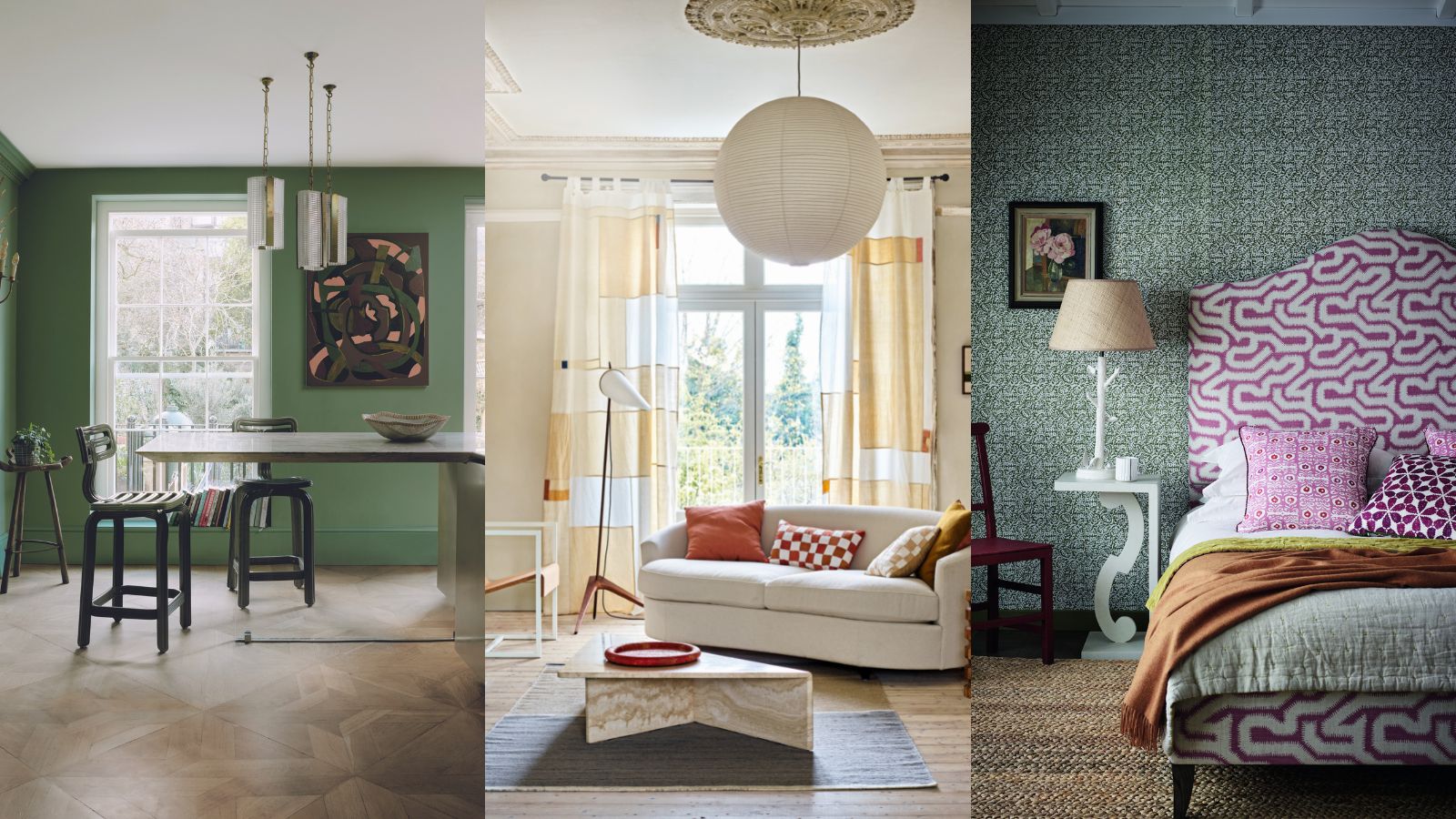 Eco decor – 10 beautiful, sustainably-designed room ideas
Eco decor – 10 beautiful, sustainably-designed room ideasThere is an alluring organic luxury about these eco decor schemes – all crafted with pieces focused on being natural
By Kiera Buckley Jones Published
-
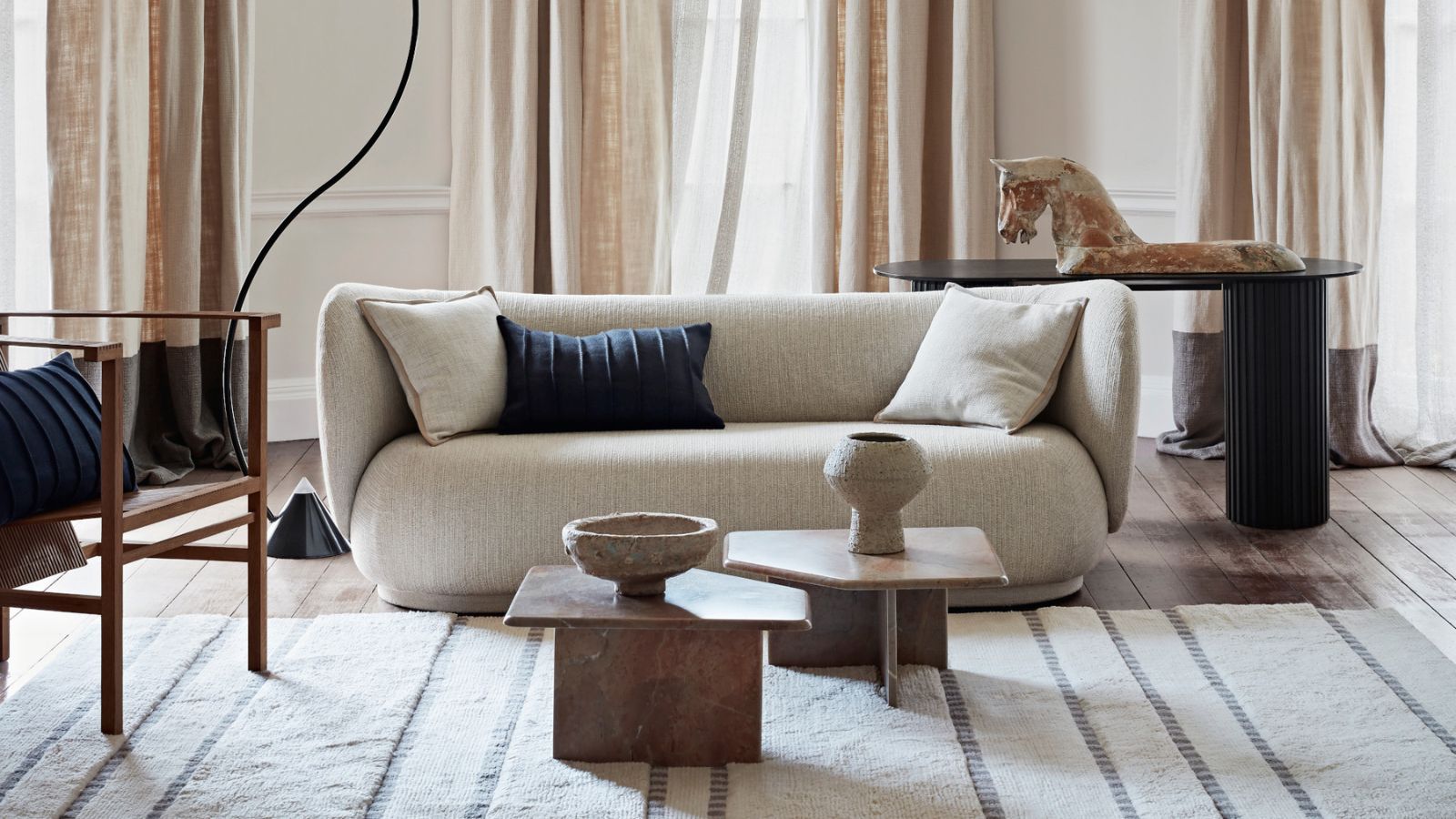 British Style: de le Cuona
British Style: de le CuonaWe find out more about fabric firm de Le Cuona and its landmark range of organic, fully traceable linen
By Arabella Youens Published
-
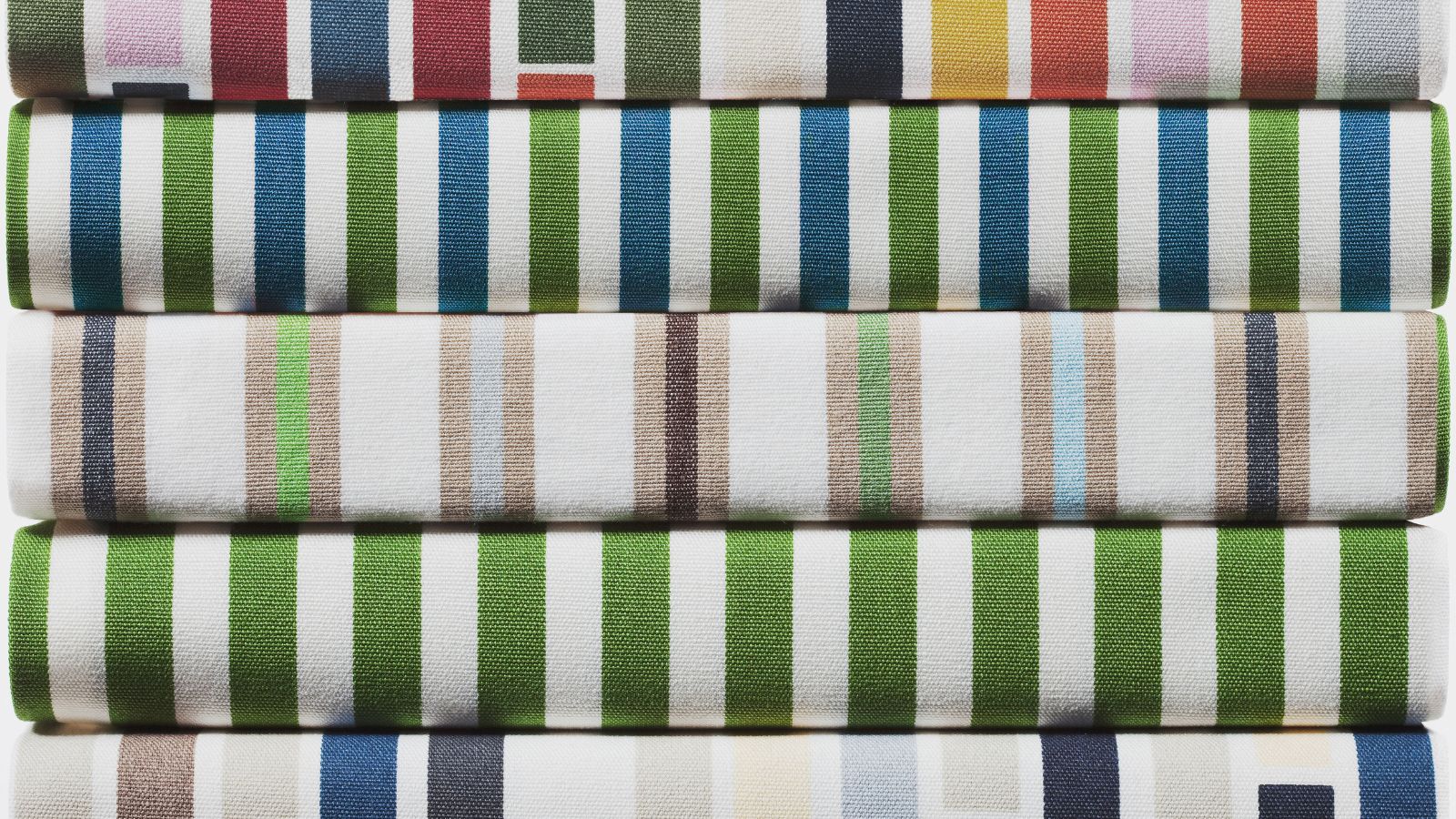 Sustainable fabrics – the fibers to look for and questions to ask
Sustainable fabrics – the fibers to look for and questions to askRecycled textiles expert Jules Haines advises buying sustainable fabrics for your interiors project
By Lucy Searle Published
-
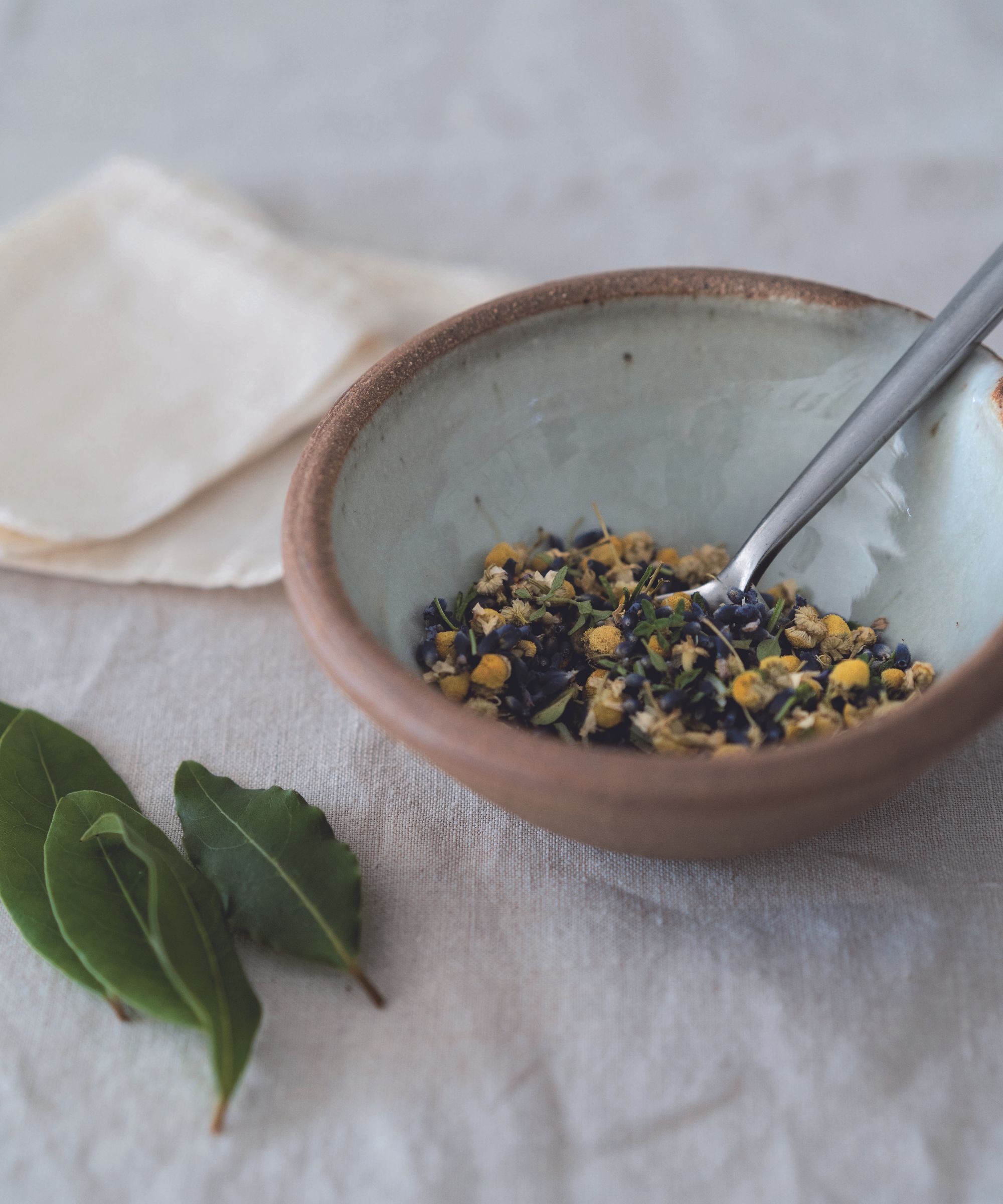 Homemade moth repellent – get rid of moths, naturally
Homemade moth repellent – get rid of moths, naturallyYou can make your own moth repellent using herbs and essential oils. It's easy to do and more sustainable than products sold in-store
By Lucy Searle Published
-
 How to make laundry detergent – a recipe for eco-friendly washing powder
How to make laundry detergent – a recipe for eco-friendly washing powderAuthor Jen Chillingsworth shows how easy making your own laundry detergent at home is – and you can add essential oils to create a fragrance unique to you
By Lucy Searle Published